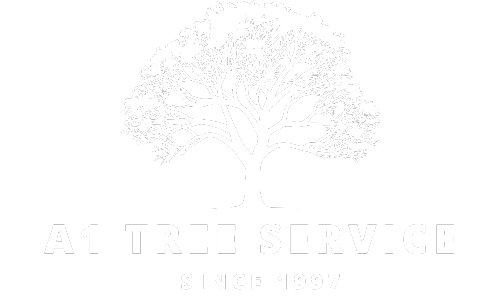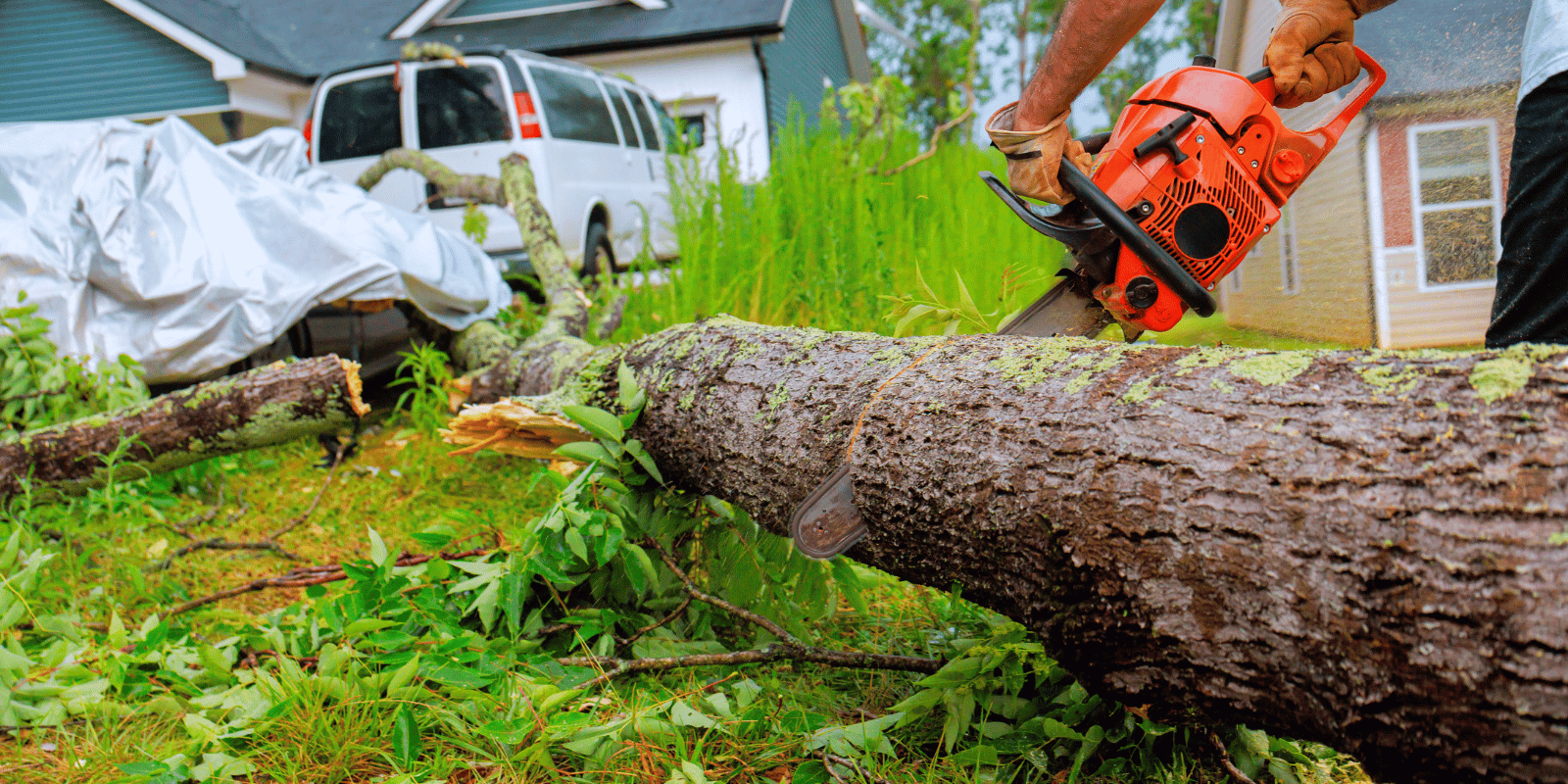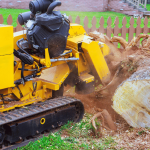Tree suckers may be a true drawback to a person who is attempting to keep a healthy and beautiful yard. These rapidly growing, unwanted branches may drain the energy of your tree, destroy the shape of your tree, and even cause the development of long-term health conditions. The good news? You can manage them – and it’s not so difficult when you know how.
We are going to take you through all the information you need to know concerning the process of removing the suckers off trees so that your trees are in the best condition possible.
What Are Tree Suckers?
Tree suckers are thick shoots which occur at the base of a tree, on the roots, or on the trunk of a tree. They are normally the cause and effect of stress, damage, or inadequate pruning. The suckers develop too fast and are able to steal nutrients and energy, causing poor growth and structure of the main tree.
The reasons why there are tree suckers include:
- Excessive or unsuccessful pruning
- Mechanical damage (such as hits of lawnmower or trimmer)
- Drought or heat stress
- Fruiting ornamental tree grafting
Where You’ll See Suckers
Base Suckers: These grow out of the ground around the trunk of the trees.
Root Suckers: These grow out of bare or subterranean roots.
Trunk Suckers: You will find these growing out of the tree trunk or other lower limbs.
Why Tree Suckers Are a Problem
Although they may appear innocent, suckers may be very troublesome to your tree when they are not controlled.
The reason you should remove the suckers on trees is this:
- They suck out nutrients and water of the main tree.
- They might deform the shape of ornamental trees.
- They form loopholes that can easily be diseased or broken.
In grafted trees, the grafted type may be overgrown by the suckers, and the tree will be reverted to rootstock.
Tools You’ll Need
Before you get started, gather the right tools for the job:
- Strong pruning shears (small suckers)
- Loppers (for larger shoots)
- Gloves
- Disinfectant (between blows)
- Mulch (not compulsory, but necessary as maintenance).
Tip: Clean and sharp tools can be used to prevent disease as well as clean cuts that heal better.
When to Remove Tree Suckers
Early and often is the best time to get rid of tree suckers. The goal is to get them when they are little and easy to control.
Best Seasons:
- The spring and early summer are the best seasons to do this, since it is the season of growth, and the suckers are more conspicuous.
- It is advisable to not strip suckers late in the fall or during cold weather because in cold climate the open cuts may not close up before the freezing season.
How to Remove Tree Suckers Step-by-Step
Follow these steps to effectively remove tree suckers without harming your tree:
Step 1: Identify the Suckers
Identify the fast growing and upright shoots that are not similar to the natural growth of the tree.
They often have:
- Smaller leaves
- Vertical growth habit
- Thin, weak stems
- Position close to the base or the trunk
Step 2: Cut as Close as Possible
With your pruners or loppers, trim the sucker off at the nearest approach to the source as you can get–even up to the bark or root collar. Never leave stubs which may grow at a rapid rate.
Pro Tip: Pull away soil when the sucker is extending on the root. Cleanly cut the root surface, and then re-cover with soil.
Step 3: Clean Your Tools
If you are cutting off several suckers or several trees, you should disinfect the pruning tools in between cuts. This is in order to avoid the transmission of disease. A 1-to-9 parts bleach to water (or rubbing alcohol) solution would work.
Step 4: Monitor and Repeat
Suckers are also known to be obstinate particularly on stressed trees. It should be checked on a regular basis, and any new suckers should be removed when they appear. The job is easier with frequent monitoring in the long run.
How to Prevent Tree Suckers
Although you may not be able to avoid having suckers all the time, there are measures that can be taken to ensure that they are kept at a minimal level.
Prune Properly
Prune not to the trunk without reason, and do not cut mercilessly. Poor pruning may elicit stress that results in the growth of suckers.
Avoid Tree Injury
When mowing or weed-whacking, be careful of your trees. Suckering is usually promoted by mechanical damage of bark or roots.
Water and Mulch Wisely
To maintain a healthy tree, water and place some mulch around the base; however, remember never to put the mulch within a few inches of the trunk. Trees which are healthy have lower chances of suckering.
Control Root Exposure
If the roots of your tree are left bare as a result of erosion or excavation, then cover with soil or mulch. Sucker growth can be brought about by exposed roots.
Special Considerations for Grafted Trees
Numerous fruit and decorative trees (such as apple, cherry, or crabapple trees) are grafted, or the upper part of the tree is of another differing species than the rootstock.
Watch Out for Rootstock Suckers
The rootstock will produce suckers which will grow at the bottom of the graft union (a bulged area just below the bottom) and not the tree you are desiring to have. These suckers tend to grow at a faster and more aggressive rate, and if they are not removed in time, they may overtake the desirable tree.
It is always important to take off any growth under the graft union.
Should You Use Chemicals or Growth Regulators?
Some gardeners will inquire whether they can use herbicides/growth inhibitors to prevent suckers. Generally, it is not advisable to the average homeowner.
- Chemicals may damage the main tree.
- Pruning is safer and more reliable when it is done through organic or mechanical control.
- Growth regulators may be used by some professional arborists but not a DIY.
When to Call a Professional Arborist
- When your tree has an inordinate amount of suckers on it
- Sucker recurring grafted trees
- Trees near power lines
- Old trees or stressed trees
Then you should call a certified arborist. They have the ability to diagnose the health of the trees, propose the long-term solutions, and prune the large or high growth areas.



